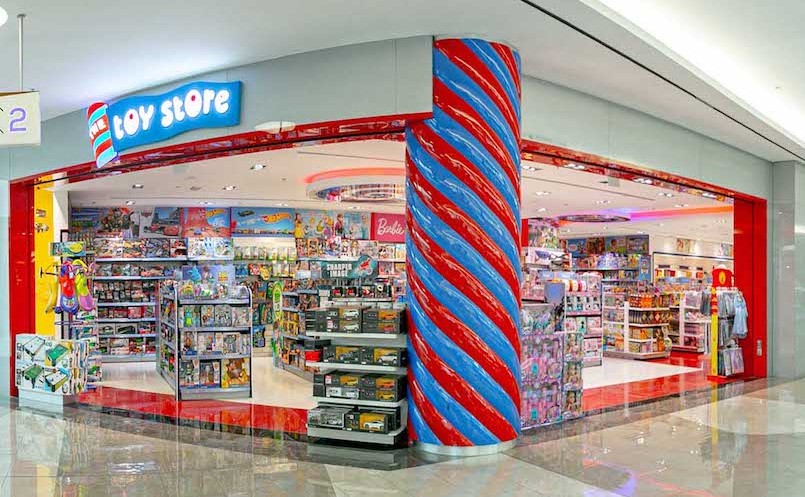
Arabian Radio Network’s Dubai Eye invited Images RetailME to speak about the tumultuous week that the UAE’s retail sector witnessed last week. Here’s our candid thoughts on the two big stories.
It’s just the beginning of 2021, but the UAE’s retail industry has already started receiving more than it’s fair share of shockers in just the first few weeks.
Gulf Greetings General Trading LLC, which was the owner of The Toy Store and distributor for Hallmark Cards, recently announced that they have ceased operations in the region. The company which was founded in 1980 had a total of 43 retails stores in the UAE (including 35 Hallmark and eight The Toy Store units).
But this wasn’t the first major toy retailer whose untimely demise we mourned. Two years ago, the once mighty retail giant Toys R Us, declared bankruptcy after years of slipping sales and mounting debts, closing hundreds of stores across the world. This begs the question about the state of the toy industry and survival of retailers in this segment.
But first, let’s try and understand why the ‘struggle is real’ for toy retailers specifically.
The retail industry is a brutally competitive industry – especially in a country which prides itself in being the world’s shopping destination. Now, in the case of Gulf Greeting, The Toy Store wasn’t just competing with a Hamleys or Borders. Supermarkets and hypermarkets are also selling toys at a better value, wider ranges and enticing discounts and bundle offers. And this competition is seen both in bricks-and-mortar as well as e-commerce, where while physical retailers like Carrefour come out with great holiday season sales and Halloween pop-ups in their stores, other retailers such as Brands For Less started selling Toys For Less online. What this means is that mainstream retailers are now biting into the niche market share, which was meant to be for just the toy retailers. But who said the world was fair eh?
The second factor could be the direct correlation between the success of children’s movies to toy sales. Traditionally, it has been noted that when kid’s movies do well at the box office and there are more than the average number of movies released, the toy retailers inadvertently do well that year. The toy industry has become increasingly tethered to films and pre-existing entertainment properties. According to Goldman Sachs, toys based on these properties are growing faster than non-licensed toys. From 2008 to 2015, these licensed toys made up 21% of toy sales, but contributed 41% of the growth. However, with the theatres shutting and movies not being released during the pandemic, the pinch of it was clearly felt by the toy retailers too.
What should the malls get right?
Malls have been in scrutiny for some time be it for rent related issues with retailers, slow adaption of digital technologies or for their “unimaginative” ways of offering experiences. But what is the one thing they need to get right to survive and thrive?
It is critical that malls be about much more than stores. We see the mix of tenant/public space moving from the current 70/30 to 60/40, or even 50/50. When this happens, these expanded public spaces will need to be planned and programed over the year much like an exhibition. They will be managed more like content and media, instead of real estate. Although location remains the key real estate consideration for malls, a differentiated design and structure is increasingly important. So the malls that manage to amaze their visitors with the experience it has a to offer by providing ‘wow’ factors, individuated offerings, all while incorporating value and purpose are the ones that will ultimately emerge as winners